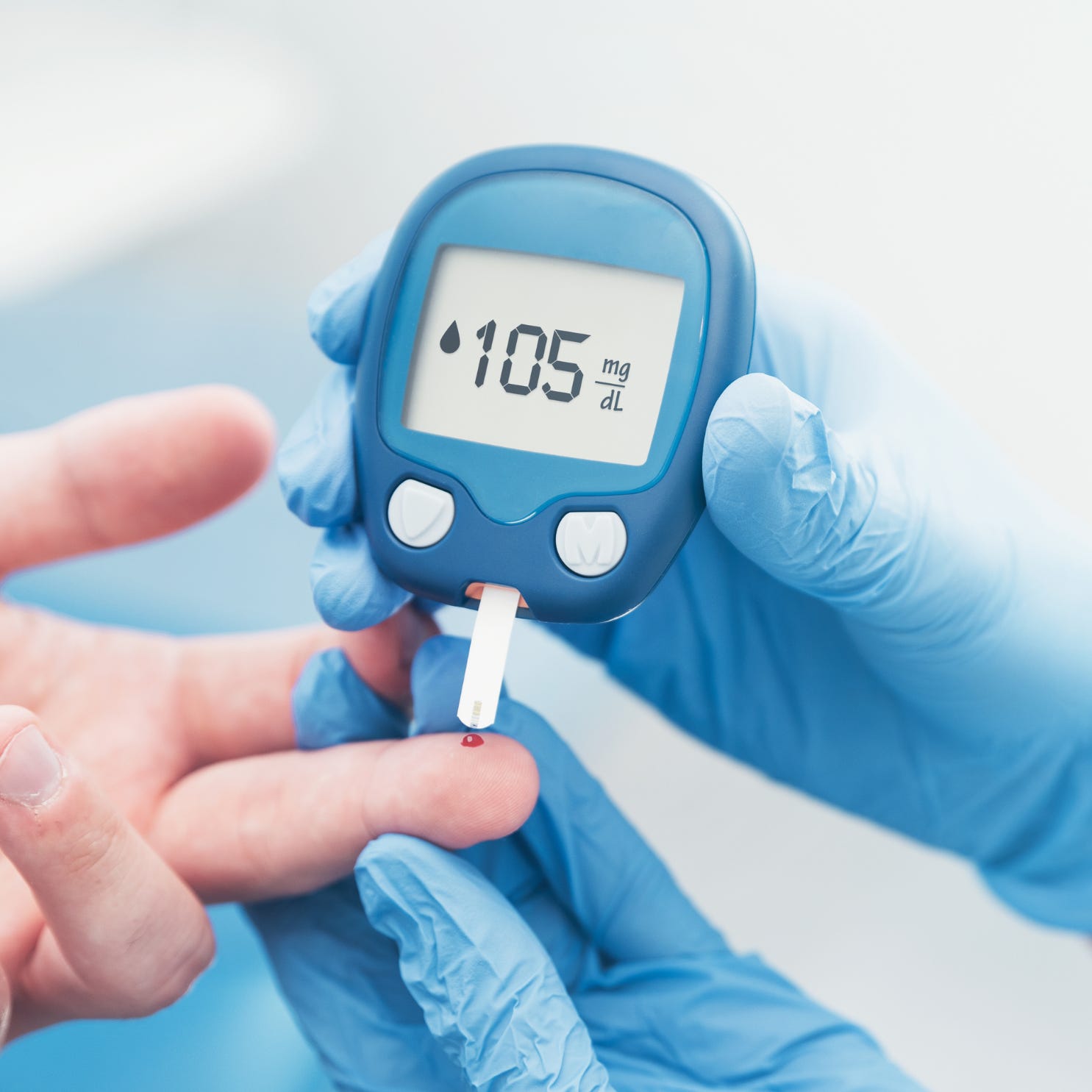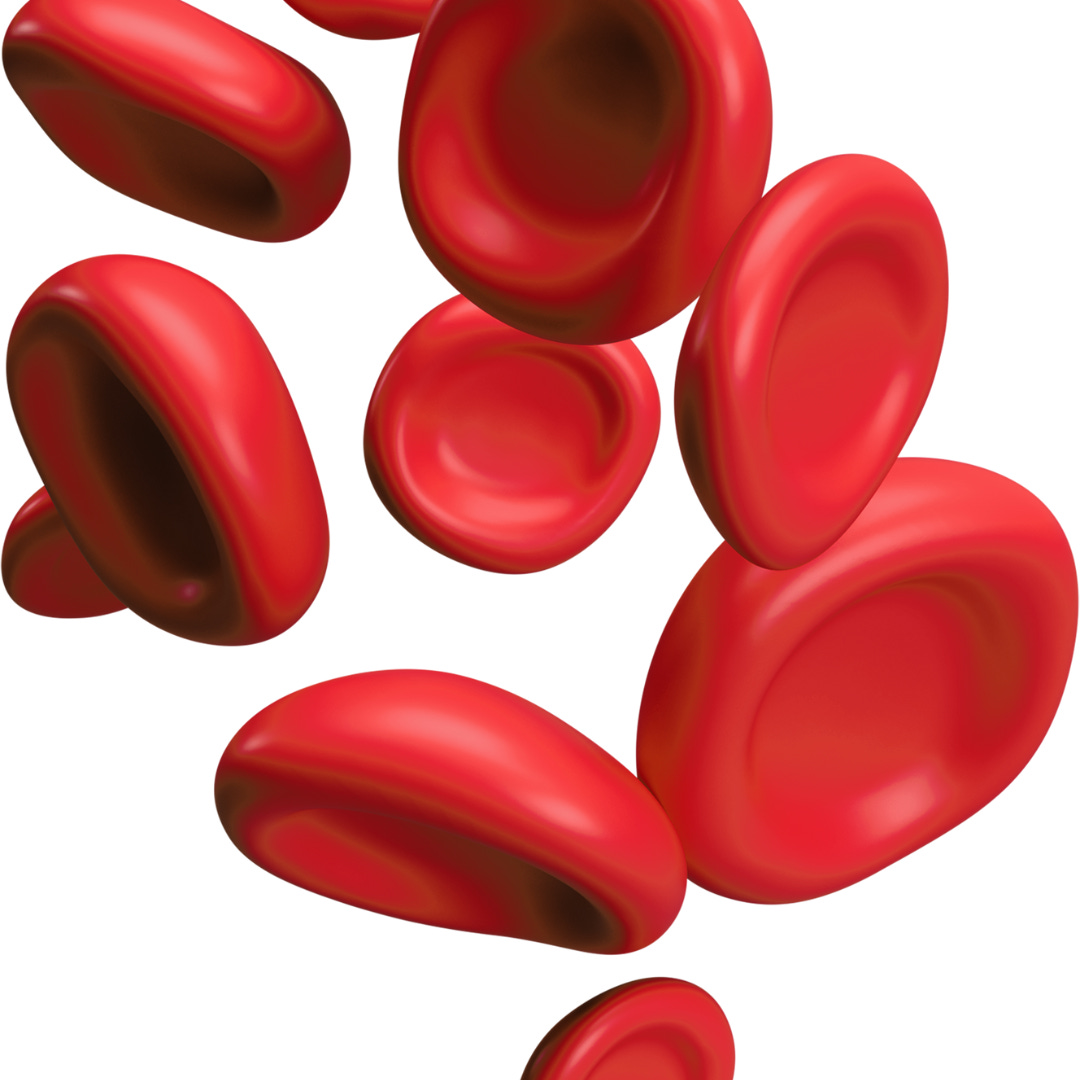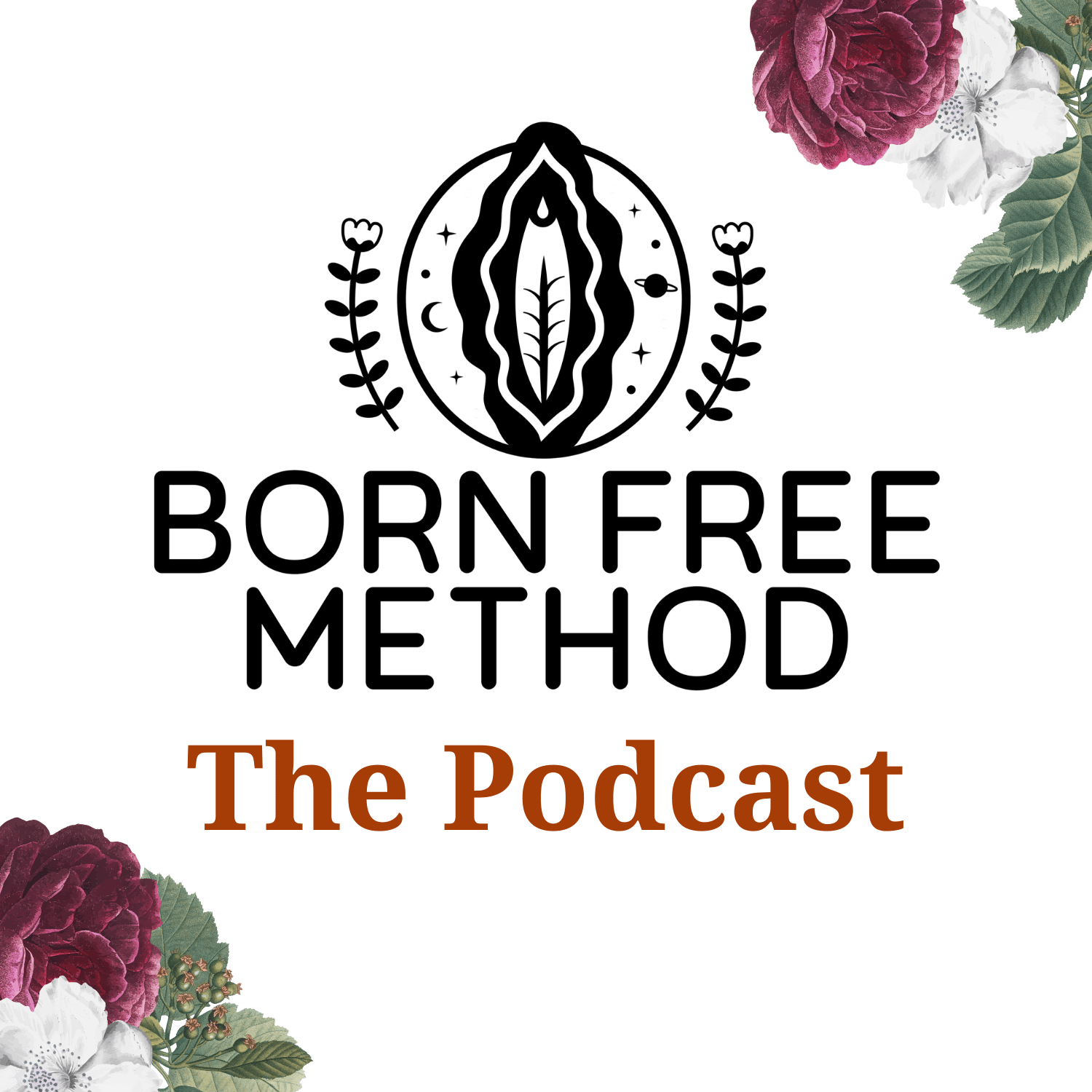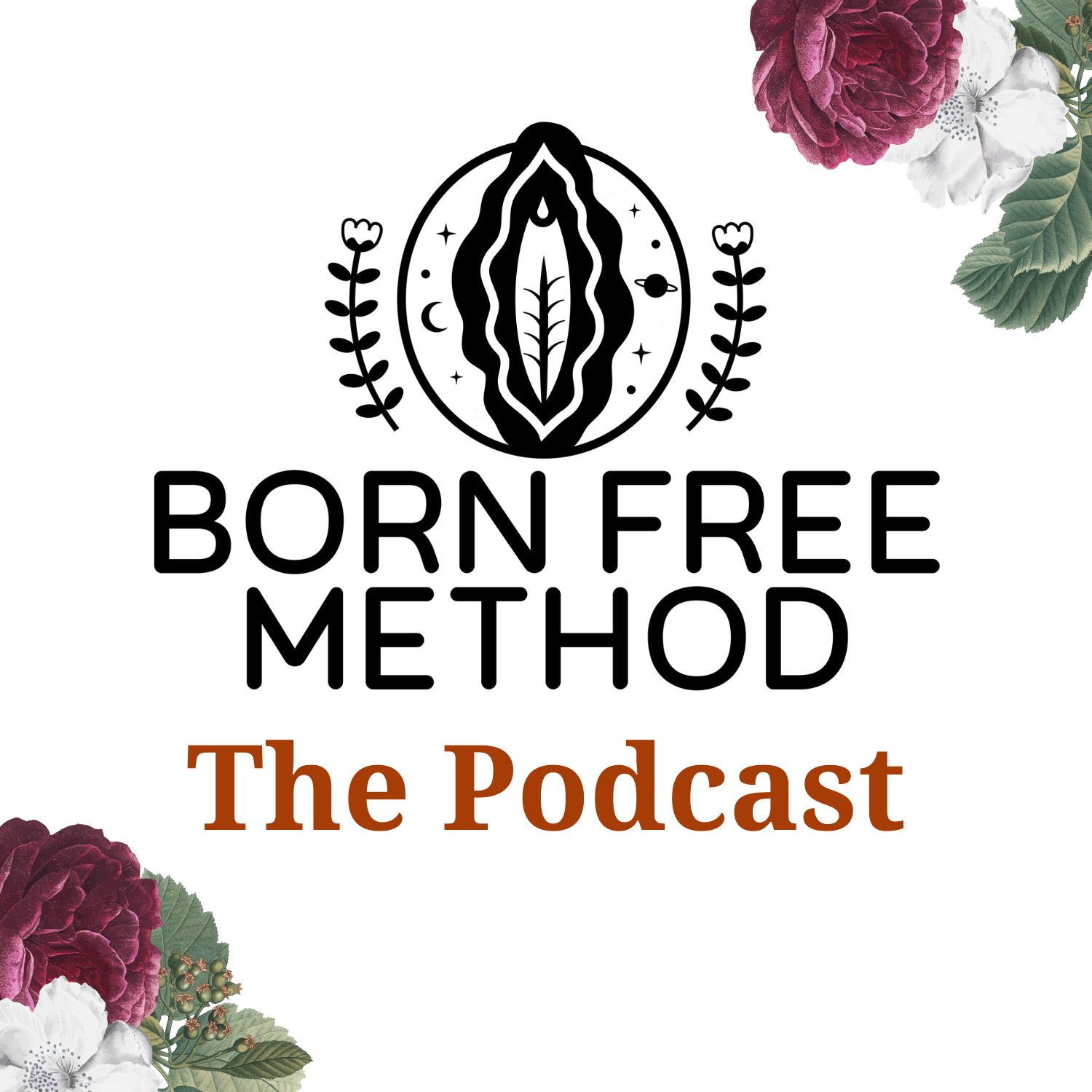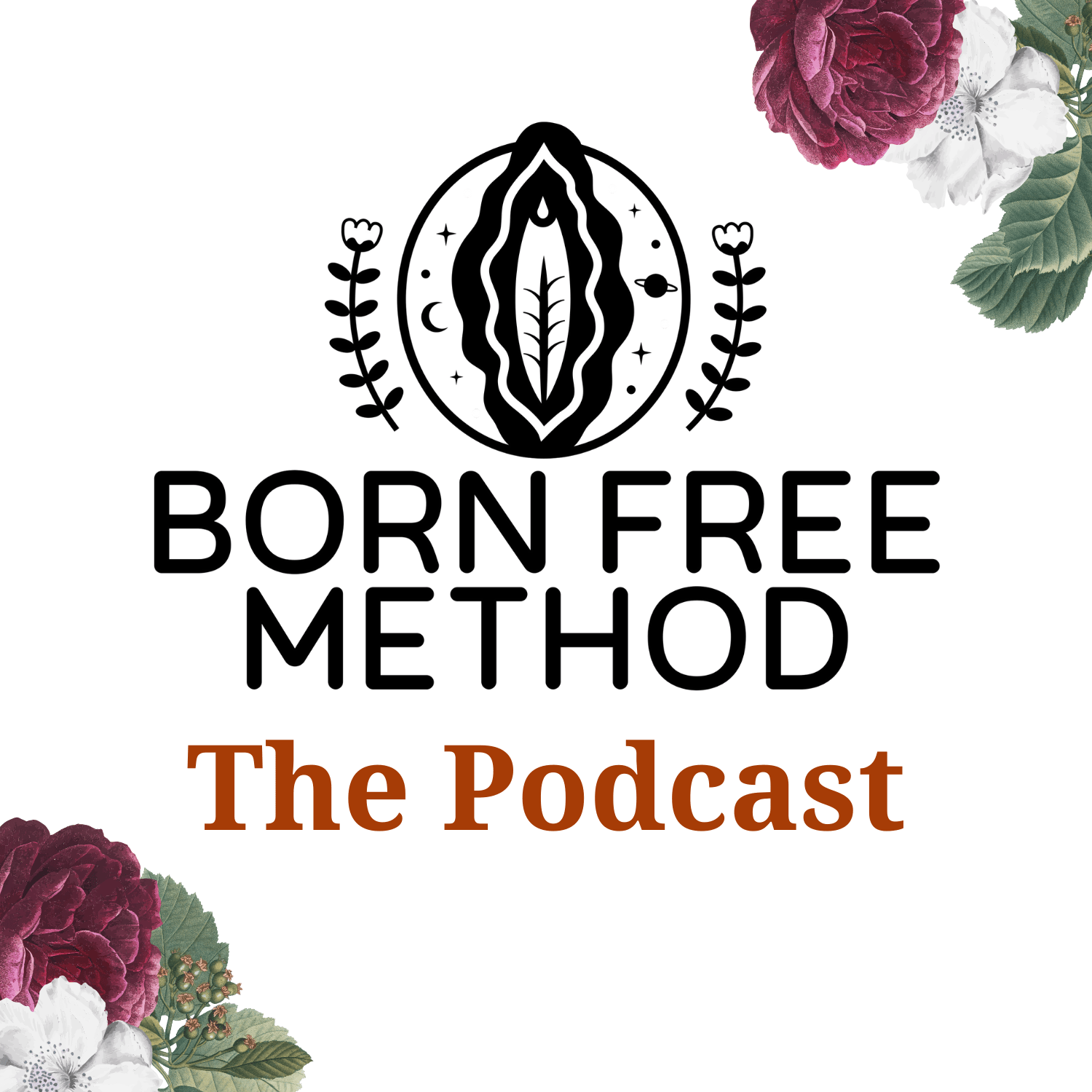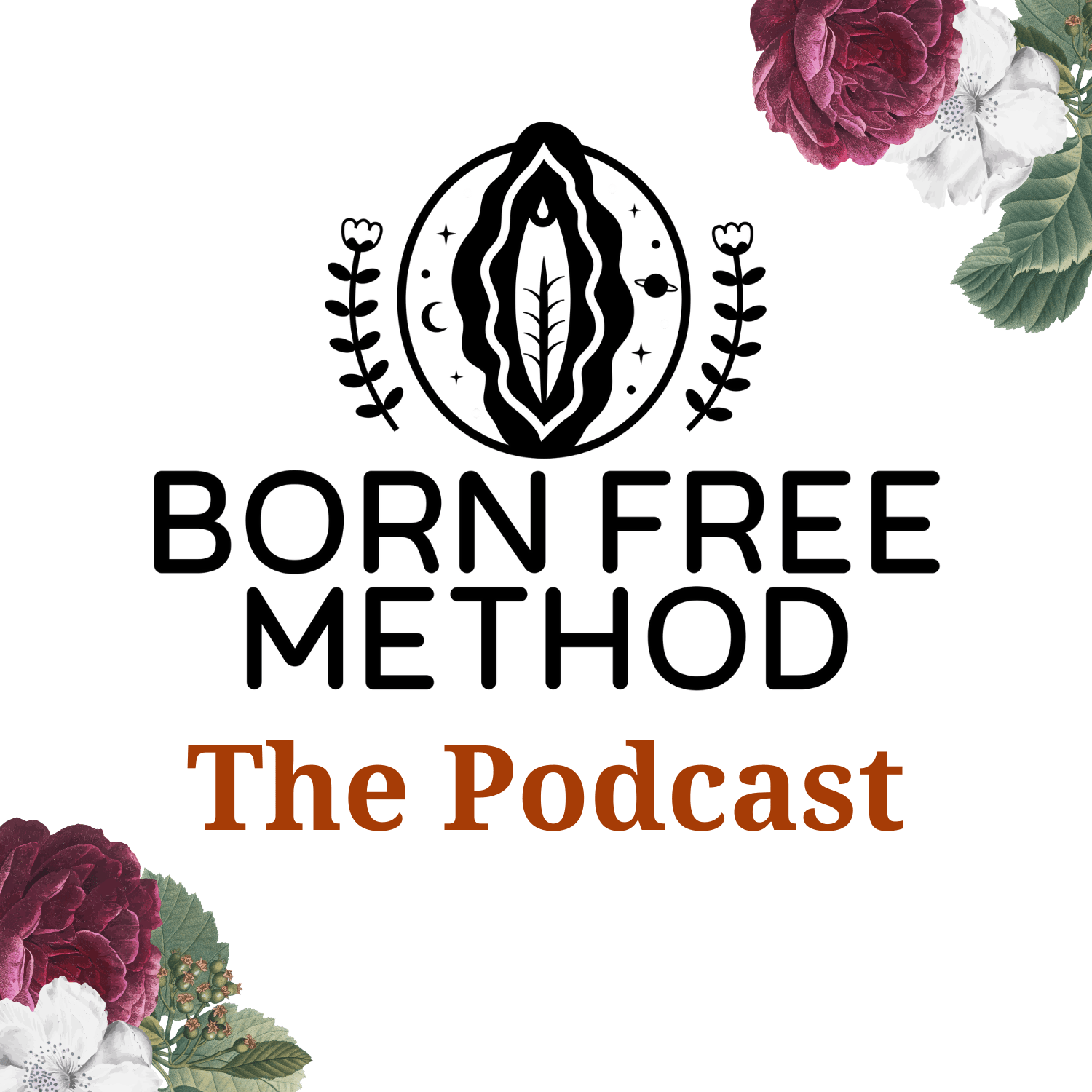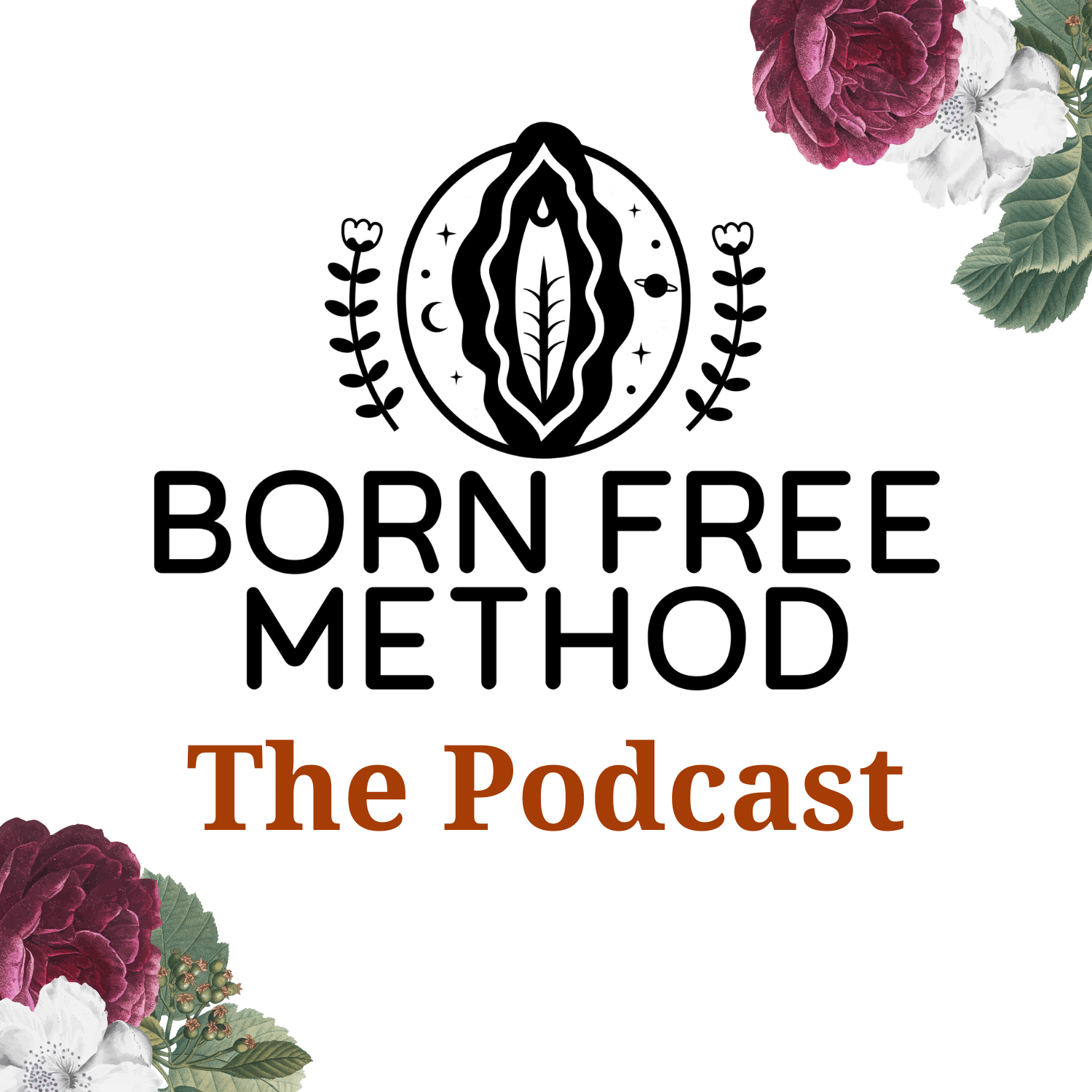Gestational Diabetes
Description
I paired this episode with the 2021 Pinot Noir from Imagery.
Five Pearls
* Prevention is key. Work on modifying lifestyle well before conception for best outcomes
* Sugar is toxic as hell to our vital organs, and our growing baby/placenta are no exception.
* Insulin appears to be associated with the best outcomes compared to oral agents.
* C-section for suspected fetal macrosomia is for the birds.
* Inducing a woman with well-controlled GDM probably isn’t always in her best interest.
Epidemiology
* 7% of pregnancies are impacted by any type of diabetes
* 86% of those impacted are the result of GDM
* Compared to all other ethnicities, white women are impacted the least
* Older age at time of conception, sedentary lifestyle, and pre-pregnancy obesity are risk factors (same risk factors for type 2 DM outside of pregnancy)
Maternal complications
* 9.8% chance of developing preeclampsia when fasting blood sugar is <115 mg/dL
* 18% change of developing preeclampsia when fasting blood sugar is >/= 115 mg/dL
* 17% chance of undergoing c-section with diet-controlled GDM versus 25% if medication is required (9.5% without GDM)
* 70% of women who develop GDM will develop type 2 DM within 22-28 years after pregnancy, but this varies by ethnicity (60% of hispanic women who develop GDM will develop type 2 DM within 5 years of pregnancy)
Fetal/neonatal complications
* Increased risk macrosomia, neonatal hypoglycemia, hyperbilirubinemia, shoulder dystocia, and birth trauma
* Several agencies have cautioned around the risk of stillbirth, as well, but the data for this is poor at best. Rachel Reed recently wrote a nice blog (rant) about the topic in her newsletter
* Linear relationship between any abnormal value on the 2-hr 75-g OGTT and c-section, birth weight >90th percentile, neonatal hypoglycemia, and fetal hyperinsulinemia
* Higher risk of your child developing type 2 DM in their lifetime
When did GDM screening arise? 1963
This study was undertaken to: “evaluate various methods of screening for the ‘prediabetic state’ which often becomes recognizable during pregnancy.” - Wilkerson et al, 1963
Screening strategies:
* 1st trimester: reasonable if there are risk factors or if you live in a city/region with high prevalence
* 50-g oral glucose challenge (non-fasted) (two-step)
* If negative, repeat at 24-28 weeks
* If positive (>130-140 mg/dL), move to 3-hr oral glucose tolerance test (see below)
* Straight to a 75-g oral 2-hr glucose tolerance test) (one-step)
* Check fasting sugar → drink the drink —> check blood sugar at 1 hr and 2 hr
* If either value is elevated, then you have your diagnosis
* HgA1C: potentially insightful in 1st trimester but not as sensitive as oral glucose challenge/tolerance test
* 24-28 weeks: reasonable to defer in 1st trimester if low prevalence community or minimal risk (and no need to repeat if diagnosed in 1st trimester)
* Same options as above
* If 1-hr OGC was elevated in 1st trimester, but 3-hr OGTT was negative, you can simply repeat the 3-hr OGTT (100 g bolus) without repeating the 1-hr OGC
* 3-hr OGTT (100 g)
* Checking fasting blood sugar → drink the drink → check blood sugar after 1, 2, and 3 hrs
* 2 of 4 values elevated is consistent with diagnosis (although some have argued that 1 value is sufficient):
* “Although a higher level of scrutiny may be focused on this subset of women, further research is needed to clarify the risk of adverse outcomes in patients with one abnormal value on the 100-g, 3-hour OGTT and whether they would benefit from treatment.”
* Glucola has a bunch of junk in it. Fingersticks and CGM are very reasonable alternatives to the sugary drink. Orange flavor from Fischer-Scientific contains artificial food dyes that don’t belong in the human body, especially when growing a baby. If an oral glucose test is preferred, consider Fresh Test instead of Glucola. There is no data to support gummy bears, fruit juice, or any other alternatives.
What are some of the risk factors that might prompt early screening:
Benefits of treatment
* 2005 study out of Australia found that treatment of GDM resulted in less:
* Serious newborn complications (composite of perinatal death, shoulder dystocia, and birth trauma, including fracture or nerve palsy)
* Preeclampsia (from 18% down to 12%)
* Less large for gestational age (LGA) infants (from 22% down to 13%)
* Less risk of birth weight being >4000 g (from 21% down to 10%)
* 2009 study out of the US found that treatment of “mild” GDM resulted in less: hypertensive disorders, c-section, LGA infants, less babies >4000 g, reduced infant fat mass, and shoulder dystocia (but no difference in their serious newborn complication composite)
Treatment strategy
* Even ACOG agrees that nutritional and lifestyle counseling is the first line of therapy:
* Having said this, I’m not going to reiterate a single ounce of language in ACOG’s PB regarding “how to live a healthy lifestyle” because OBGYNs and those who treatment the Green Journal as the Bible of OBGYN are unhealthy themselves and generally have no idea what they’re talking about
* Instead, please refer to the work of Lily Nichols (“Real Food for Gestational Diabetes”)
* The gist:
* If you are sleeping and recovering well (8+ hours per night), then go hard in the gym
* If you aren’t, then focus on restorative yoga, long walks, etc., because regular movement is critical
* Increase protein and healthy fats (lose the seed oils and fried food), decreased processed junk
* Add in beef liver, eggs, bone broth, bivalves (like smoked oysters), and a quality fish oil (preferably cod liver oil)
* Take a walk after your meal
* Limit feeding window without decreasing total calories (ex: 8am to 6pm)
* Stress mitigation and setting up healthy emotional boundaries
* Green tea and cinnamon is easily accessible “foods” to help improve blood sugars
* We must take into account socioeconomics, racism, and other structural means of chronic stress that also impact blood sugar levels through the actions of cortisol
* Oral medication and insulin are often required after adequate efforts to improve lifestyle
* Whichever approach, monitoring blood sugars is important throughout pregnancy (and postpartum)
* Postprandial blood sugar goal:
* 1 hr: <140 mg/dL
* 2 hr: <120 mg/dL
* Fasting blood sugar goal: <95 mg/dL
* Review values weekly if unstable, every 2 weeks if stable
Oral medication overview
* Glyburide:
* Not FDA approved for glycemic control in pregnancy
* Pregnancy category C
* Increases insulin production from the pancreatic beta cells
* 2.5-20 mg daily in divided doses
* Crosses the placenta (little data on potential for teratogenicity)
* Less expensive and less annoying than insulin
* Metformin:
* Not FDA approved for glycemic control in pregnancy
* Pregnancy category B
* Inhibits gluconeogenesis by the liver
* Increases peripheral tissue sensitivity to insulin
* Historically used for women with pregestational diabetes or in women with infertility due to PCOS, and they are entering pregnancy already well-controlled through metformin
* Crosses the placenta, and there is some concern around potentially teratogenic effects (though this hasn’t seemed to pan out over time)
* Started at 500 mg daily for 1 week, then increased to 500 mg BID, etc. (max dose 2500-3000 mg daily)
* Careful with kidney disease/insufficiency
* Less expensive and less annoying than insulin
Insulin overview
* Approved by FDA (and preferred by ACOG and the ADA)
* Doesn’t cross the placenta
* Dose of 0.7-1.0 units/kg daily is sufficient for most women, split between long- and short-acting insulin
* Long/intermediate-acting: NPH is most common, but glargine and detemir re on the rise
* Can be used in the AM or PM or both (BID)
* Short-acting: lispro and aspart are easily accessible and have faster onset of action than “regular insulin”
* best if used at time of meal (not 15 min before)
Selecting a medication
* Insulin versus glyburide versus metformin?
* 2014 study that randomized 751 women to metformin (+insulin if needed) to insulin found no difference
* 2013 study compared metformin against insulin ruled in favor of metformin
* Meta-analyses in 2015 and 2014: minimal difference in maternal or neonatal outcomes, but the latter found lower rates of gHTN and higher rates of preterm birth in metformin group
* <a target="_blank" href="https://pub

